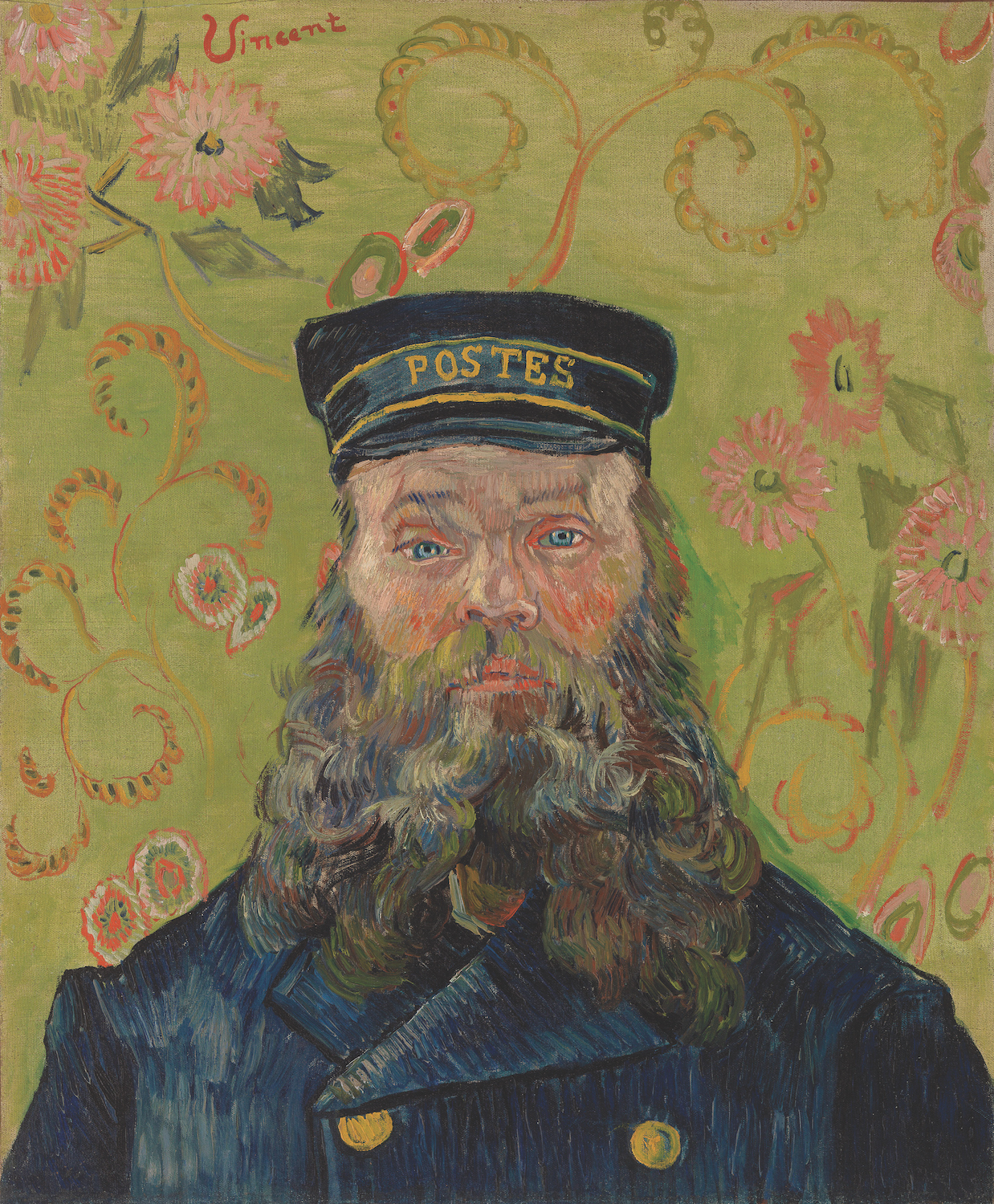Insights: Picasso
The World's Greatest Art Collection
Where do you find Picasso, Matisse and Renoir?
In Philadelphia, of course.
Some know, but it still surprises many to learn that the most expensive, elaborate and revered collection of Impressionist and Modernist paintings is not in Paris, London or Rome. It can be found in Philadelphia; it's been there for decades and its contents are valued at over $25 billion. That's billion with a "B" and it’s the same letter that starts the last name of the man who curated it all, Albert C. Barnes.
The Barnes Foundation began as an educational institution in 1925 with a simple mission to promote fine art appreciation along with arboriculture. Barnes made a fortune in antiseptics, developing a leading chemical compound that he would later sell along with his company, allowing him to pursue his passion of art and the masters who weren't yet known to the world.
As an avid collector, he began amassing Matisse and Picasso masterpieces in the 1920s, while becoming well acquainted with both, and he erected a series of buildings in Merion, Pennsylvania, an idyllic suburb of Philadelphia, to serve as a complex that housed a gallery, administration buildings, educational facilities and services. In the years that followed the foundation’s opening, Barnes would make many trips abroad to further his collection, adding more paintings from the European masters and priceless antiquities from Africa and the Far East, building what would become the preeminent assemblage of art and artifacts – over 4,000 objects - in the world, furthering his didactic mission.
It was a unique approach, focusing more on being an educational landmark rather than a straightforward museum or gallery. Education was an integral part of the foundation's mission, and collaborations with the University of Pennsylvania and Columbia University resulted in courses being taught through both world-renowned academic institutions, centered on the exquisite works at the Barnes, along with their artists.


The collection grew rapidly in the early days of the foundation, and Barnes' rapport with artists like Matisse and sculptor Jacques Lipchitz, allowed special commissions to take place on the grounds. Matisse traveled to Philadelphia specifically to work on "The Dance II," a massive triptych that was placed above the grand windows in the main gallery space. Lipchitz erected several unique reliefs on the main building, that still stand as some of the foremost from the Cubist period. Currently the collection comprises over 900 paintings, with more than 180 from Pierre-Auguste Renoir alone. Dozens more from Paul Cezanne, Vincent van Gogh, Edgar Degas, Henri Rousseau, Claude Monet and many other masters adorn the walls.
Barnes was very particular in his methodology, and this founding philosophy still echoes through the guiding principles nearly a century later. His "wall ensembles" served as vignettes to history and specific periods, accompanied by explicit frames and antique furniture, along with jewelry or iron-works to accentuate styles and geographical regions, and allow for comparisons of different eras. When viewing the collection, one is reminded instantly of the importance of education that Barnes employed above all else when sharing these historical artifacts and paintings.
The importance of the collection cannot be overstated. Any single assortment housing an abundance of works by such renowned artists is remarkable, but the sheer number of noteworthy paintings housed on the foundation grounds is astounding. Encountering a Gustave Courbet or Paul Gauguin, perhaps one of their late 19th century seminal creations, is an aesthetician’s dream; but finding oneself in a single building with hundreds of influential and prominent pieces is an inimitable experience reserved exclusively to this location. Not another museum or collection can lay a similar claim, one that the Barnes Foundation has been making accurately, but never boastfully, since the 1920s. It’s as if all of the masters got together and agreed to put their best works on display in one location, to provide patrons and students alike with the fullest experience, ensuring the legacy of their pivotal paintings.
Since the turn of the century, "The Barnes," as it's known to insiders, collectors, and the students who studied there, has become much more mainstream and accessible to outsiders. Mainly, its relocation to a downtown Philadelphia location open to the public allowed for more interaction and exposure of this multibillion-dollar collection. A subsequent documentary about the relocation and power struggle that ensued won multiple awards at film festivals around the world.
At the heart of it all remains a series of irreplaceable paintings, sculptures, artifacts and pieces that provide a historical narrative; and they happen to comprise the most valuable art collection in the world. Luxury abounds in Southeastern Pennsylvania, manifested in priceless art, and it started with the vision and thoughtfulness of Albert C. Barnes. The collection's significance has only garnered more mutual admiration and alignment amongst the elite art establishment, from scholars to curators to brokers, and history is well preserved at this Philadelphia fixture.
